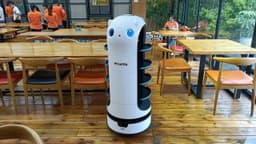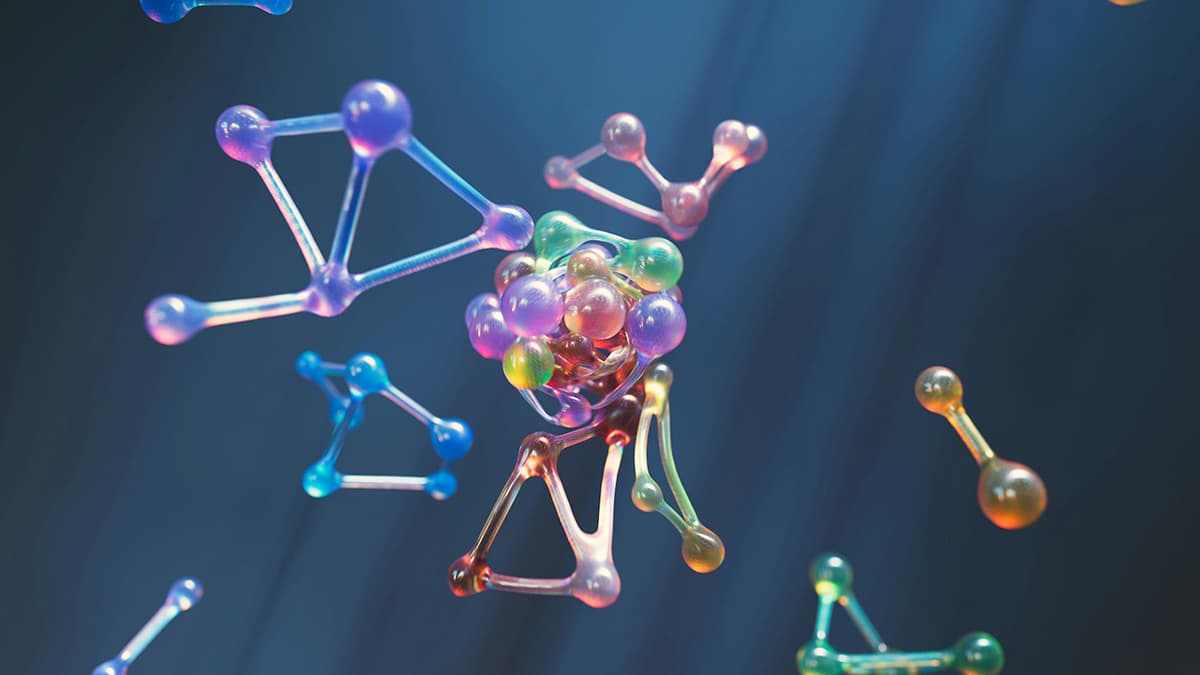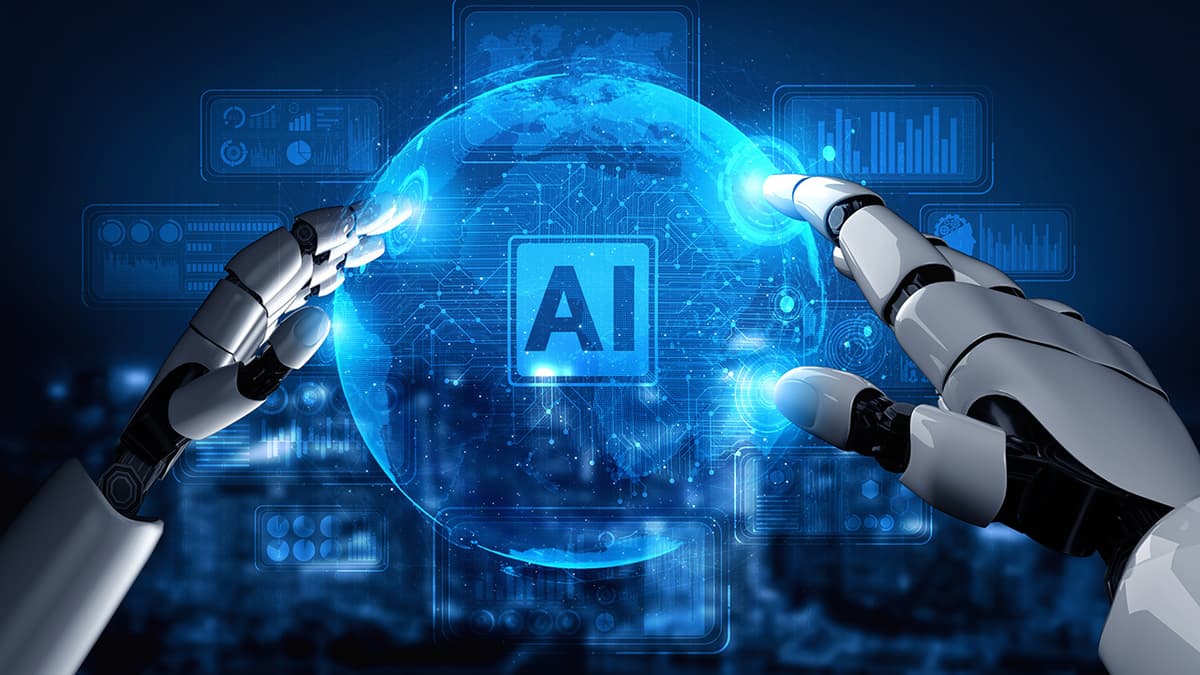Graphics Processing Units: Powering Visual Computing
A Graphics Processing Unit, or GPU, is a specialized electronic circuit designed to rapidly manipulate memory to accelerate image creation for display devices. Once focused on graphics rendering, GPUs have evolved into powerful parallel processing units capable of complex calculations and data-intensive tasks. Comprising thousands of smaller computing units called "cores," GPUs execute tasks simultaneously, making them efficient for parallel computing.
How do GPUs Work?
GPUs utilize a parallel computing architecture known as SIMD (Single Instruction, Multiple Data). This allows a single instruction to execute on multiple data points at once, enabling GPUs to perform numerous calculations in parallel.
GPUs excel in tasks that require massive parallelism, such as rendering 3D graphics or training complex AI models. They divide workloads into smaller tasks and assign them to individual cores, allowing for quick processing of large data sets and outperforming traditional CPUs in specific applications.
Real-World Applications of GPUs
-
Gaming: GPUs play a crucial role in gaming by rendering realistic and immersive 3D graphics. They handle lighting, shading, and texture mapping, delivering stunning and lifelike experiences. An example of a high-performance gaming GPU is the NVIDIA GeForce RTX 3080.
-
Scientific Research: Scientists and engineers rely heavily on GPUs for simulations, data analysis, and modeling in fields such as physics, chemistry, and biology. For instance, researchers at Stanford University used GPUs to simulate protein folding, a vital process for understanding diseases like Alzheimer's and Parkinson's.
-
Artificial Intelligence: AI and deep learning benefit greatly from GPU power. Training deep neural networks is computationally intensive, and GPUs can accelerate this process. They enable the processing of large datasets and training of complex models more efficiently. The NVIDIA Tesla V100 GPU is a popular choice for AI applications due to its performance and memory capacity.
-
Cryptocurrency Mining: GPUs are widely used in cryptocurrency mining for the complex calculations needed to verify transactions and secure blockchain networks. Some cryptocurrencies, such as Ethereum, depend on GPU mining. High computational power GPUs, like the AMD Radeon RX 6800 XT, are in demand by miners.
Versatile Computing Powerhouses
Graphics Processing Units (GPUs) have become versatile computing powerhouses, enabling high-performance graphics rendering, scientific research, artificial intelligence, and cryptocurrency mining. Their parallel computing architecture and numerous cores provide immense computational power for data-intensive tasks. From gaming to scientific applications, GPUs continue to enhance visual computing capabilities and drive innovation across various domains.












